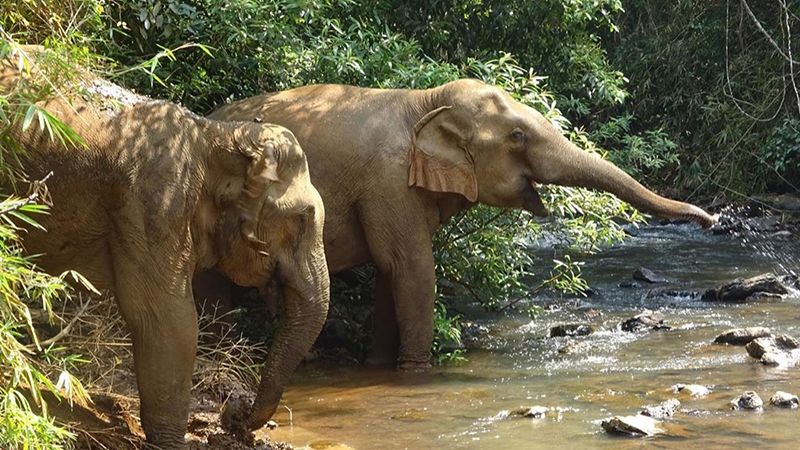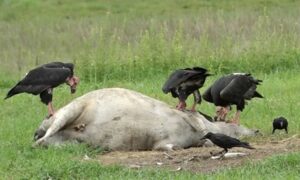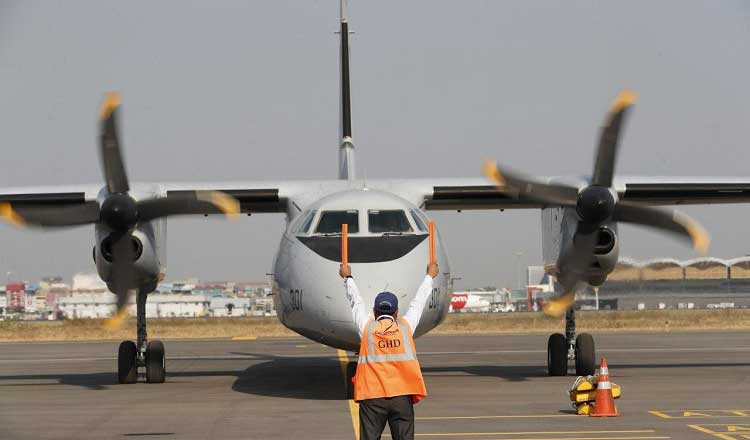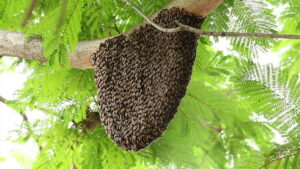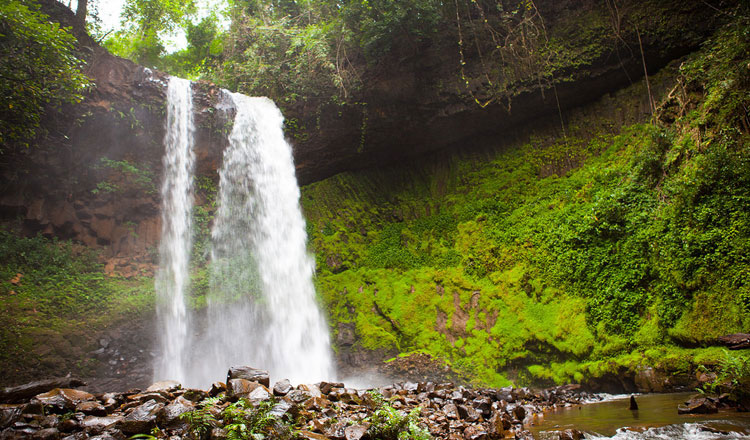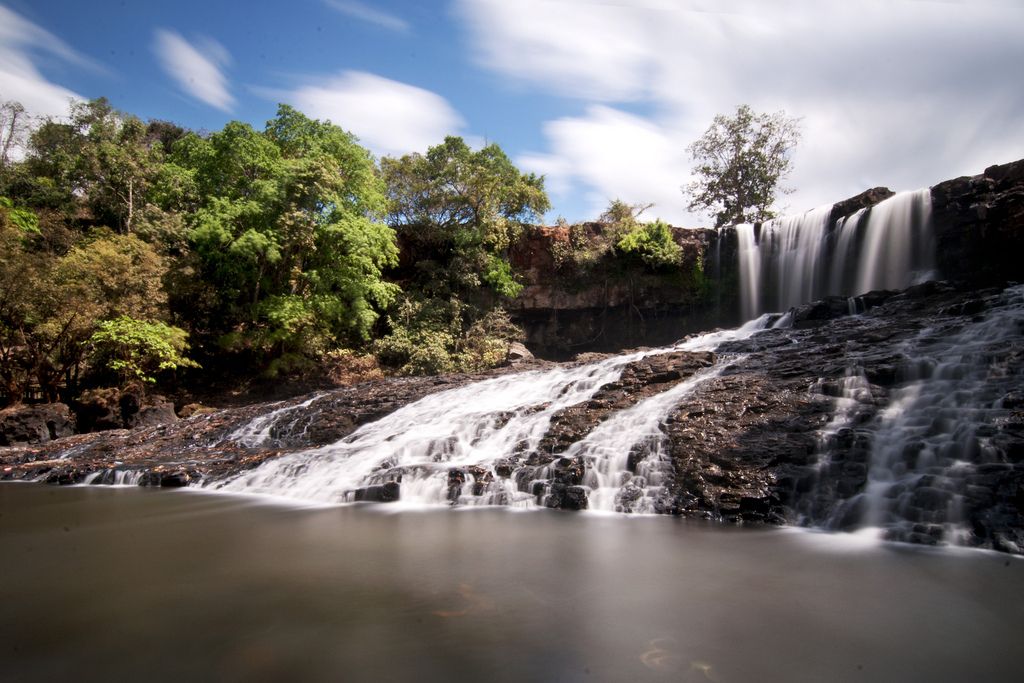Mondulkiri population of Asian elephants now an estimated 300 strong
Wildlife researchers from the Mondulkiri provincial Department of Environment and the World Wide Fund for Nature (WWF-Cambodia) have recently completed collecting 85 Asian elephant dung samples for analysis to identify population size and migratory patterns.
It is estimated that about 300 elephants live in the protected areas of the province.
Provincial environment department director Keo Sopheak told The Post on August 23 that four years ago researchers had collected data on elephants in the province. But in 2020, further research was conducted and studies have only just been completed. The recent dung samples will provide additional information.
“We are conducting DNA analysis at the Royal University of Phnom Penh to understand how many Asian elephants are in the protected area. Analysing the dung can also reveal migratory patterns,” he said.
He added that most elephants inhabit the Srepok and Phnom Prich Wildlife Sanctuaries in the province. According to a survey, the number of elephants in the province is estimated at 300.
“With the assistance of partner organisations, such as WWF-Cambodia, we can maintain a budget . . . to conduct research and collect data on rare and endangered species, including Asian elephants, leopards and banteng,” he said.
Techniques used to study elephants, Sopheak continued, included dung for DNA analysis, hidden cameras to record activities and other methods.
The Ministry of Environment said Asian elephants were listed on the International Union for Conservation of Nature (IUCN) Red List of Threatened Species as “vulnerable”. However, according to data from cameras placed in protected areas, herds of elephants in Cambodia have revealed calves.
Ministry of Environment spokesman Neth Pheaktra said the presence of newborn elephants in large herds gave hope to conservationists and environmentalists. This proves the effectiveness of protection and conservation efforts in forests, elephant shelters and assisting the world’s endangered Asian elephants.
He added that Cambodia had a total population of 400 to 600 Asian elephants. Most lived in the Cardamom Mountains, the northern plateau of the Tonle Sap and the eastern plateau landscape areas (Mondulkiri). These areas have rich biodiversity, ecosystems and slopes which are favourable to the survival of elephants and other wildlife. The number of domestic elephants was estimated at more than 70.
“Asian elephants are considered an important species because of their cultural significance, roles in ecosystems, and potential. They can protect other species in their habitats,” Pheaktra said.
But the Asian elephants are under serious threat. Habitat degradation, and separation and scattering of Asian elephants have negatively impacted the long-term survival of this important species.
Pheaktra added that the Asian Elephant Conservation Action Plan for Cambodia (2020-2029) had identified six priority issues – reduction in habitat loss, conservation and reconnection of corridors for herds of wild elephants, law enforcement, prevention of elephant capture, reduction in conflicts between wild elephants and humans, education, and the launch of strategic actions to address these issues.
It is estimated that the 10-year Asian Elephant Conservation Action Plan required $40.5 million. The funds were expected to come from a variety of sources, including government, NGOs and development partners.
According to research, in the last 60 to 70 years, the global Asian elephant population had decreased by about 50 per cent, while there has been nearly a 90-per-cent loss of habitat. Of the 40,000 to 48,000 Asian elephants currently living in forests, about 75 per cent are in India and Sri Lanka.

